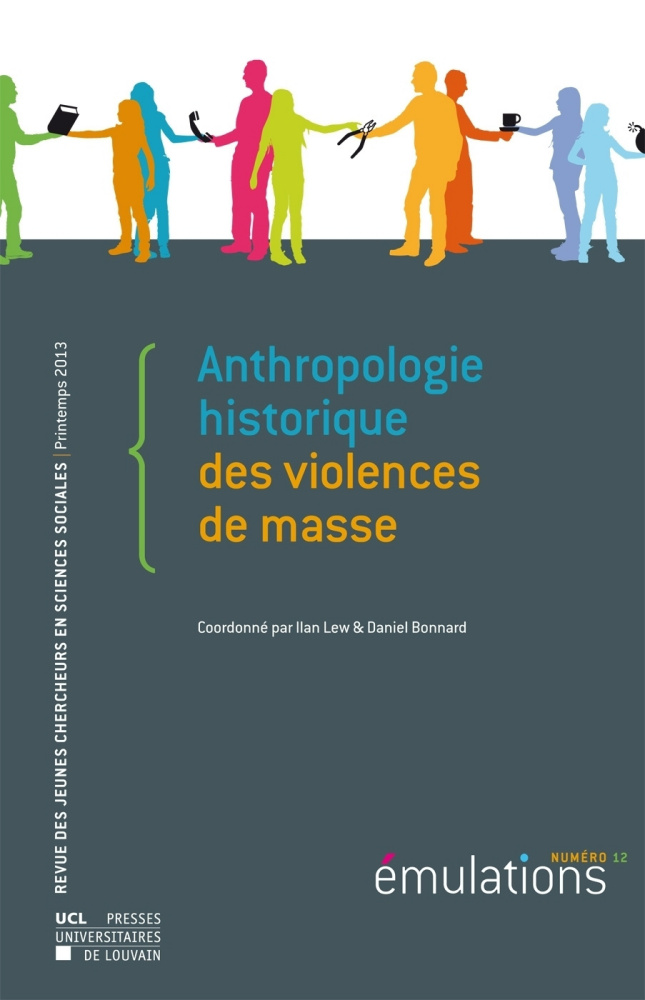Odeurs et représentations de l’Autre pendant la Première Guerre mondiale
DOI:
https://doi.org/10.14428/emulations.012.002Keywords:
First World War, Smell/scent, Culture of war, Enemy, Otherness/alterityAbstract
During the Great War, the figure of German animality is used to great effect in French portrayals, because it brings into play most of the critiques of the enemy and serves to cut him off from humanity. In this symbolic act of violence, smell, the sense of contact, plays a particular role. During the invasion, scent is indirectly viewed as a Germanic effect, because troops intentionally leave excrement behind them in the houses they invade. This is a cruel practice of great violence through what is said to and of the other. However, victims’ interpretations are completely different from the message addressed to them through this act. Instead, they read here the absence of control of the adversary as a sign of his animality. Moreover, when directly confronted with the German, whether in invaded areas or at the front, the French spontaneously point out an intrinsic smell of the enemy. Through its personal dimension, olfactory feeling allows the bringing together of modes of perception with the experience of war. The indisputable nature of olfactory speech contributes to the violence of the culture of war and allows us to outline it further.
Downloads
Published
How to Cite
Issue
Section
License
Copyright (c) 2013 Revue Emulations

This work is licensed under a Creative Commons Attribution 4.0 International License.




.png)





